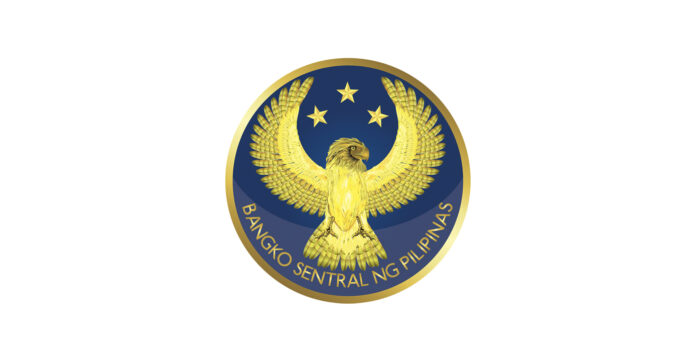The banks are seen keeping to the growth path this year and next under a survey conducted by the Bangko Sentral ng Pilipinas (BSP) on top executives of the various lenders in the country.
Under the last iteration of the Banking Sector Outlook Survey (BSOS), the executive officers, country managers and top officials of the various commercial and universal banks, including thrift and cooperative banks around the country, remained optimistic on the outlook of the industry two years down the line.
“The banking industry leaders maintained their growth outlook on the banking system in the next two years based on the results of the BSOS) for the first semester of 2022. This level of optimism was supported by expectations of double-digit growth in assets, loans, deposits, and net income, as well as general improvement in the banks’ asset and loan quality indicators,” the BSP said.
This relates to the period when bank assets grew 7.2 percent to an aggregate P20.6 trillion, loan expansion faster than anticipated at 8.3 percent instead of 6.5 percent, deposits expanded by 7.7 percent to P12.8 trillion and net income rising more than 37 percent.
Philippine banks likewise plan to maintain risk-based capital, leverage, and liquidity ratios at levels higher than domestic and global standards to support expansion in their operations and promote institutional stability.
In terms of loan quality, a lower number of respondents of around 52.4 percent from 58.9 percent in the previous BSOS estimated a non-performing loan (NPL) ratio of above 5 percent in the next two years.
By banking group, the NPL ratio projection of universal and commercial banks (UKBs) shifted to within the range of greater than 2 to 3 percent from the greater than 3 percent in the comparative year.
Most universal banks also estimate their NPL coverage ratio to be at least 75 percent to even more than 100 percent.
Digitalization of products and services was identified as a top strategic priority of banks in the next two years. Related to this, majority of banks have already embarked on improving their digital capabilities to better serve their clientele. In terms of area of focus, banks identified deposit operations as the most important area of technology application followed by payment systems.
Mindful that the accelerated shift of financial transactions towards digital platforms may give rise to greater cybersecurity risk, most of the respondent banks underscored the importance of continuous monitoring and surveillance, and a reliable information technology (IT) department to ensure a quick and appropriate response to IT and/or security incidents. Banks have also invested in updated security tools, performed periodic vulnerability assessments, and enhanced their security framework, among others.
The survey results revealed a remarkable increase in organizational awareness towards sustainable financing as 70.0 percent of respondent banks viewed such mode of financing as highly important from 61.7 percent. Among those banks with plans of being involved in sustainable finance, most expressed willingness to finance projects in support of agriculture, solar power, transportation and water supply management and treatment.







